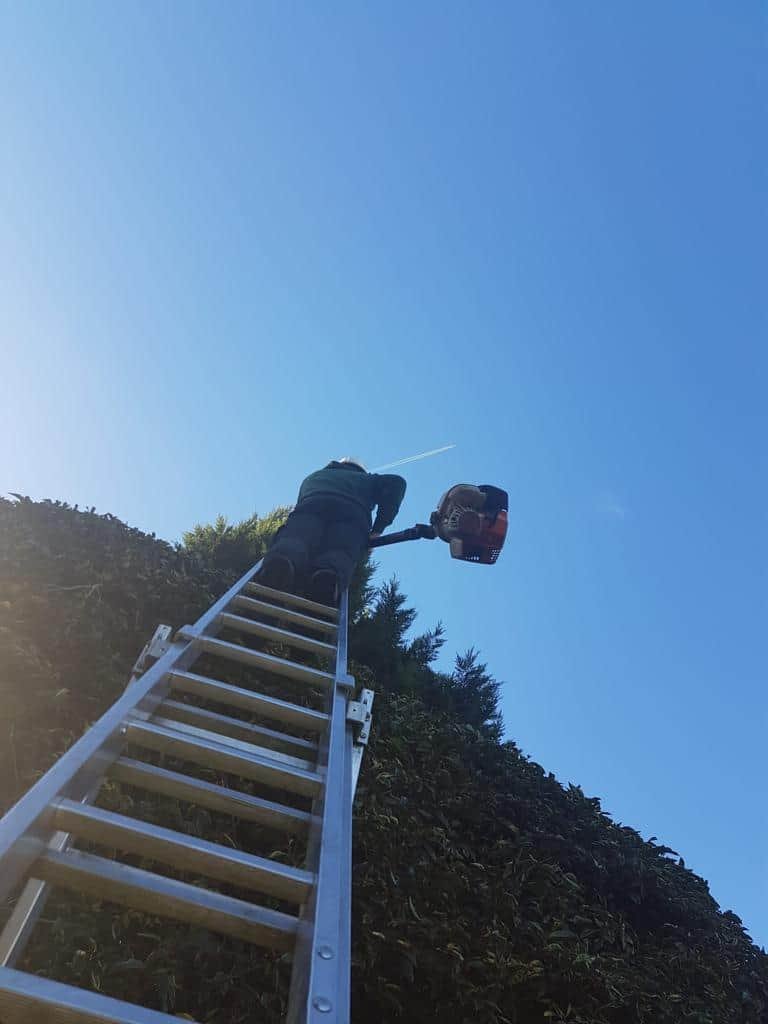Introduction
When a tree looks full of life — with lush leaves, a solid trunk, and a pleasing shape — it’s easy to think it’s perfectly fine as it is. However, even the healthiest-looking trees may require professional attention from time to time. Tree surgery isn’t reserved solely for dead or diseased specimens. In fact, proactive surgical work is often the key to preserving health, safety, and structure for years to come.
At LM Tree Surgery Eastleigh, we regularly assess and treat trees that appear outwardly healthy but still benefit greatly from expert intervention. Whether it’s about managing growth, improving structural integrity, or preventing future issues, a surgical touch can make all the difference.
Appearance Isn’t Everything
Hidden problems aren’t always visible
Just like with people, trees can appear healthy while silently developing issues. From minor structural imbalances to unseen decay or pest activity, not every problem makes itself obvious straight away. Without inspection or maintenance, these problems may worsen and eventually lead to dangerous or costly outcomes.
Common hidden concerns include:
- Weak branch unions or splitting forks
- Internal rot or cavity formation
- Overextended limbs vulnerable to snapping
- Insect damage beneath the bark
- Root disturbances from construction or landscaping
Even if your tree looks healthy, it could be quietly struggling in ways only a trained arborist can detect.
Preventative Tree Surgery
It’s about what could go wrong — not just what already has
Tree surgery isn’t only a response to visible decline. Often, it’s a preventative measure that helps a tree stay strong, safe, and attractive for decades. Minor work now can save major problems in the future.
At LM Tree Surgery Eastleigh, we offer a range of preventative procedures tailored to each tree’s species, environment, and growth pattern. These might include:
1. Crown Thinning
Reduces the density of the canopy to allow better light penetration and air movement — which in turn supports healthier foliage and reduces wind resistance.
2. Crown Lifting
Removes lower branches to create clearance for pedestrians, vehicles, and structures, all while maintaining the tree’s natural shape.
3. Crown Reduction
Controls the overall size and spread of a tree that’s growing too close to buildings, boundaries or overhead lines.
4. Formative Pruning
Shaping young trees to encourage a strong central structure and avoid awkward growth as they mature.
These services are not just about aesthetics — they improve long-term health, balance, and stability.
The Role of Tree Surgery in Safety and Risk Management
Healthy doesn’t mean hazard-free
A structurally unstable branch might still carry green leaves and look perfectly normal until it gives way in a storm. A tree may lean ever so slightly towards a building — unnoticed, but increasingly risky. And roots may push up paving or interfere with drains, causing costly damage over time.
By performing routine checks and surgical adjustments, you:
- Reduce the risk of falling branches
- Prevent structural damage to buildings or fencing
- Minimise hazards over footpaths or driveways
- Comply with local safety expectations for trees near public spaces
As tree surgeons, it’s our job to spot these risks early and deal with them while they’re still manageable.
Aesthetic and Practical Benefits
Keeping trees beautiful and functional
Even healthy trees can become unwieldy or uneven in shape. They may cast too much shade over gardens, block views, or grow into neighbouring properties. Light reshaping or reduction keeps trees manageable and enhances the look of your entire outdoor space.
Benefits of strategic trimming include:
- Improved light for lawns and borders
- Balanced, symmetrical growth
- Better visibility and access
- Less seasonal debris (like falling leaves or seed pods)
- Enhanced kerb appeal and garden structure
For both visual and practical reasons, surgical work can be a key part of responsible tree ownership.
When to Act — and How Often
Timing matters
Many homeowners aren’t sure when to get their trees assessed. The truth is, regular checks — even every couple of years — can help catch problems early. In some cases, annual visits are recommended, especially in densely populated areas or where trees are particularly large or old.
Ideal times for surgical work often fall in late autumn or winter, when trees are dormant and less susceptible to stress. However, some species and circumstances allow for summer pruning too — depending on the tree’s needs.
At LM Tree Surgery Eastleigh, we tailor each visit to the tree’s lifecycle and condition, offering honest advice on when action is — or isn’t — required.
Conclusion
It’s a common misconception that healthy-looking trees don’t need any attention. In reality, regular tree surgery is just as important for maintaining long-term health as it is for correcting visible damage. A proactive approach ensures your trees remain strong, safe, and beautiful year after year — without the surprise of sudden issues.
If you have trees in Eastleigh that seem fine on the surface, it’s still worth getting a professional opinion. At LM Tree Surgery Eastleigh, we offer expert assessments and careful, well-considered solutions to keep your trees thriving in both appearance and structure. Don’t wait for a problem to show itself — let us help you stay one step ahead.
Call us on: 023 8001 2396
Click here to find out more about LM Tree Surgery Eastleigh
Click here to complete our contact form and see how we can help with your tree needs.

